On this year's International Museum Day, CGTN's "Nature" has compiled a list of 10 natural history museums in China that are sure to quench your curiosities. From extinct dinosaurs to endangered animals, from geology to biology, and from deep oceans to the vast expanses of the universe, these museums cover a wide range of subjects. Have a look!
Shanghai Natural History Museum
The highly reputed Shanghai Natural History Museum is known for its extensive collection and scientific research value. It houses over 11,000 specimens from the seven continents, and many of them are extremely rare. The museum often updates its exhibits according to the newest research or events to provide you with up-to-date message from nature.
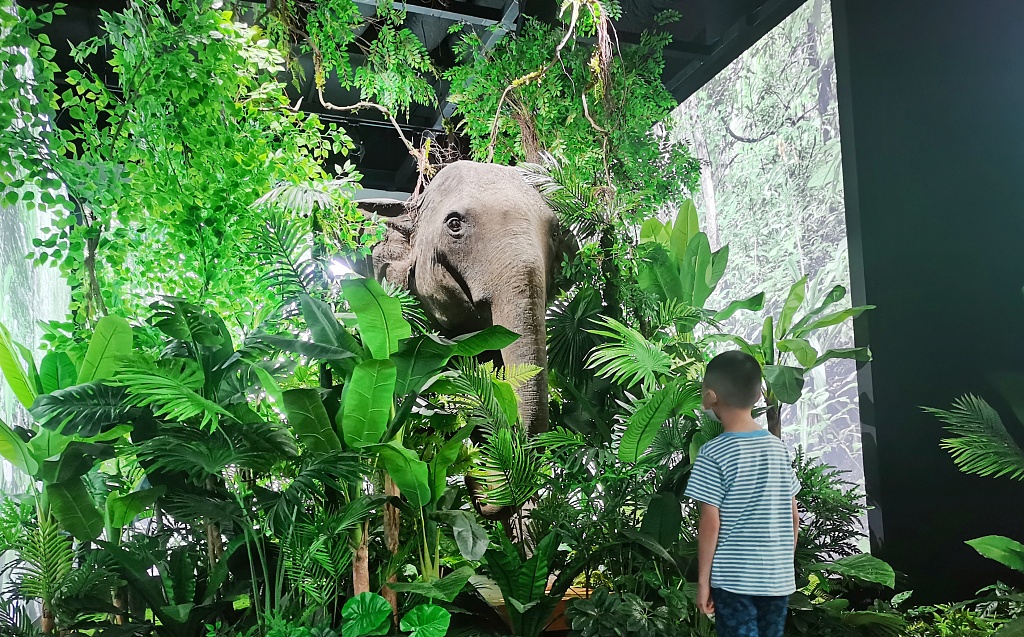
An exhibition on Asian elephants at Shanghai Natural History Museum, Shanghai, China, August 27, 2021. /CFP
An exhibition on Asian elephants at Shanghai Natural History Museum, Shanghai, China, August 27, 2021. /CFP
Beijing Museum of Natural History
Located in the Chinese capital, Beijing Museum of Natural History offers a wide range of over 320,000 specimens from both China and abroad, such as the world-famous skull of Stegodon zdanskyi, 26-meter-long Mamenchisaurus jingyanensis, and the unique mummy fossils of dinosaurs in the country. The museum holds different events to connect humans with nature.
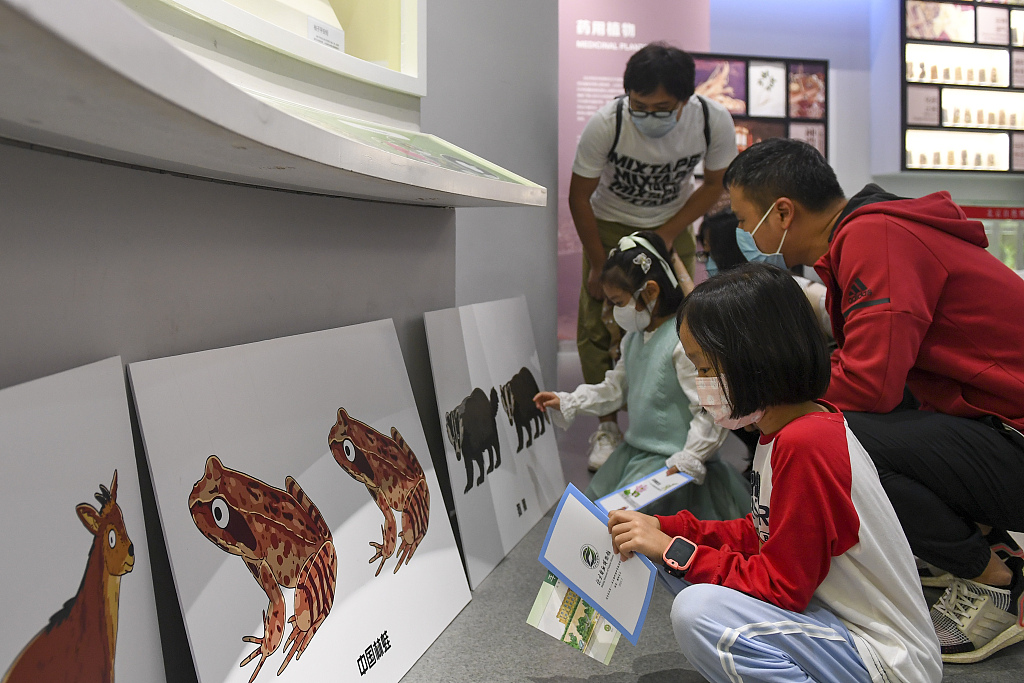
An annual event "Night at the Museum" at Beijing Museum of Natural History, Beijing, China, October 5, 2021. /CFP
An annual event "Night at the Museum" at Beijing Museum of Natural History, Beijing, China, October 5, 2021. /CFP
Chengdu Giant Panda Museum
Located in Chengdu Research Base of Giant Panda Breeding in southwest China's Sichuan Province, Chengdu Giant Panda Museum is the world's first panda-themed museum that provides comprehensive, scientific knowledge about the species and its history. The museum employs latest technology to give visitors an immersive and interactive experience.
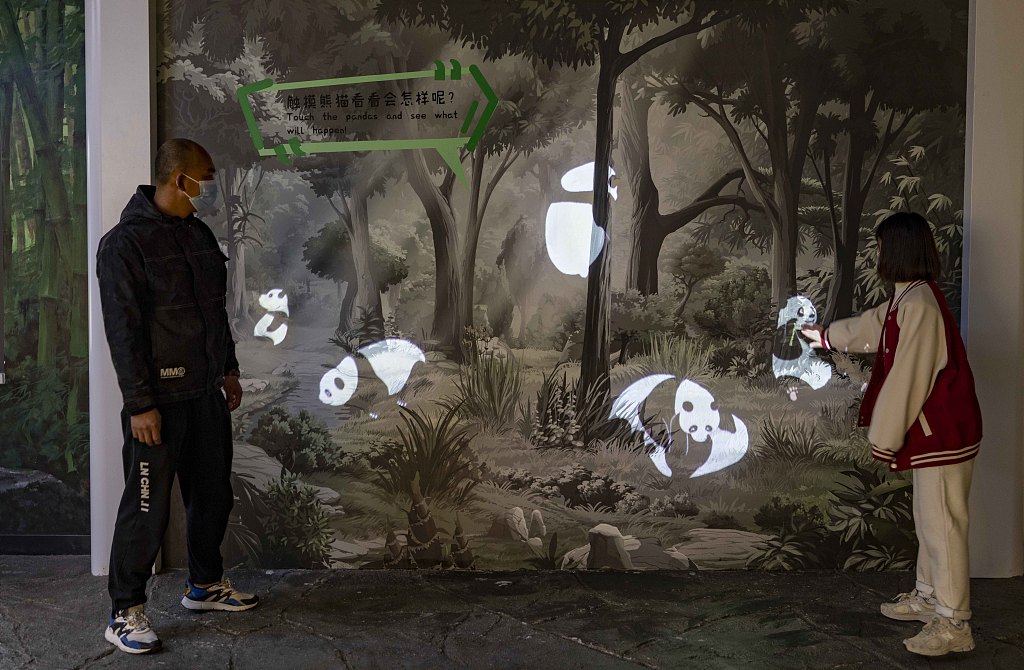
Aided by virtual reality, visitors at Chengdu Giant Panda Museum can see the body structure of panda, such as its organs, skeletons and muscles, to learn about its behavior, Chengdu, Sichuan Province, China, November 2, 2021. /CFP
Aided by virtual reality, visitors at Chengdu Giant Panda Museum can see the body structure of panda, such as its organs, skeletons and muscles, to learn about its behavior, Chengdu, Sichuan Province, China, November 2, 2021. /CFP
Zigong Dinosaur Museum
Zigong City in southwest China's Sichuan Province is named as "Hometown of Dinosaurs" for a great number of dinosaur fossils discovered here. Sitting on a dinosaur assemblage, Zigong Dinosaur Museum is not only a museum but also an excavation site and a research base.
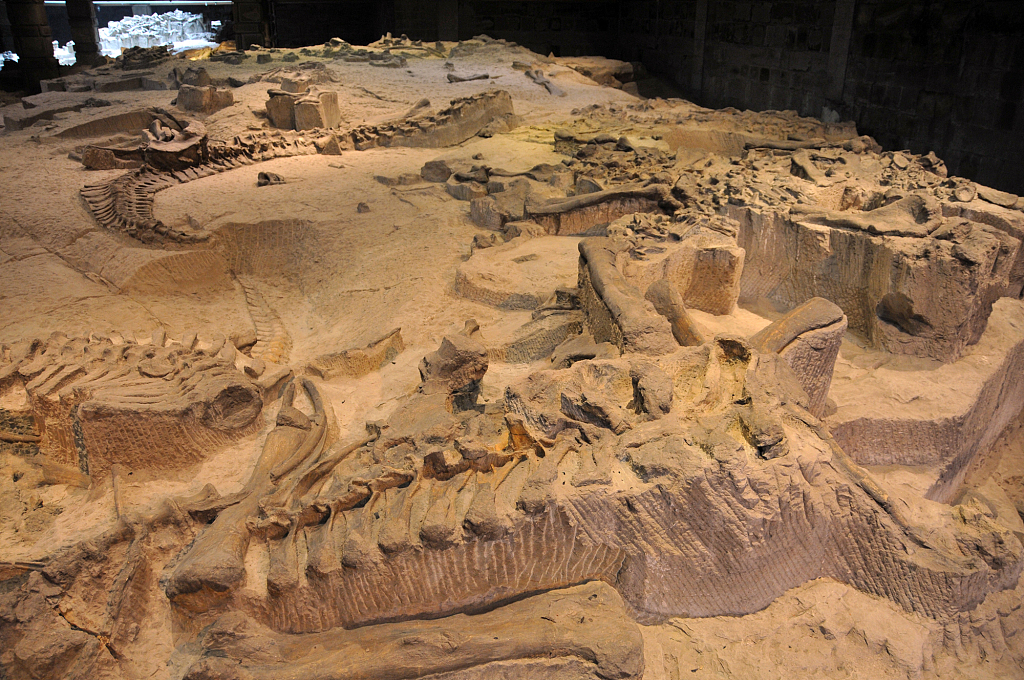
An exhibit at Zigong Dinosaur Museum, Zigong City, Sichuan Province, China. /CFP
An exhibit at Zigong Dinosaur Museum, Zigong City, Sichuan Province, China. /CFP
Mysterious Life Museum
The Mysterious Life Museum in Dalian City, northeast China's Liaoning Province, is keen on unravelling the mysteries of life. Visitors can learn about the body structure and organs of marine species, vertebrates and human beings. Just be aware, these specimens may not suitable for kids who are very young.
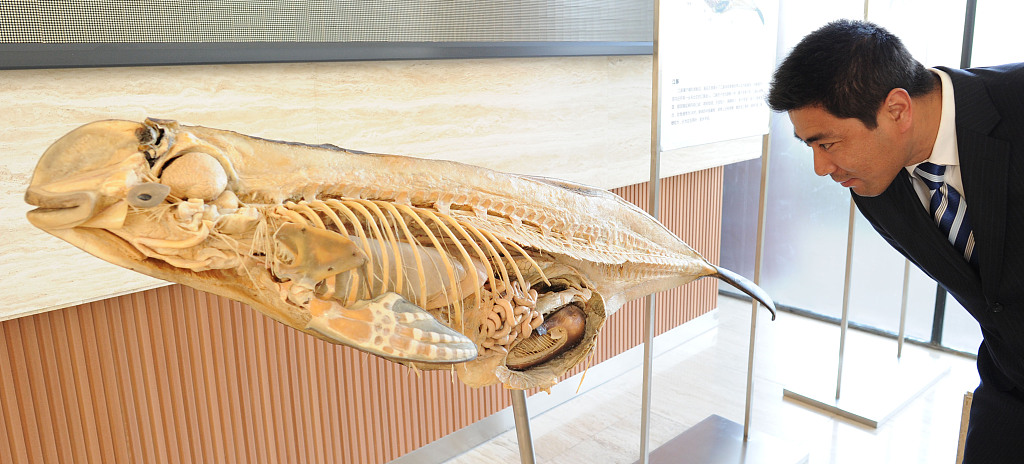
Specimen of a fish at the Mysterious Life Museum, Dalian City, Liaoning Province, China. /CFP
Specimen of a fish at the Mysterious Life Museum, Dalian City, Liaoning Province, China. /CFP
Chengjiang Fossil Site Natural History Museum
The land where Chengjiang County, southwest China's Yunnan Province, is located was under water about 520 million years ago. The marine species from the olden times have turned into fossils, which can now be found at the Chengjiang Fossil Site Natural History Museum.

Fossil of a Fuxianhuia, a genus of Lower Cambrian fossil arthropod, found in Chengjiang, Yunnan Province, China. /CGTN
Fossil of a Fuxianhuia, a genus of Lower Cambrian fossil arthropod, found in Chengjiang, Yunnan Province, China. /CGTN
National Zoological Museum of China
The largest of its kind in the country, the National Zoological Museum of China is recognized for its scientific research value as it is part of the large campus of the Chinese Academy of Sciences in Beijing. Step into the museum and indulge in the diversity of animal exhibits on display here.
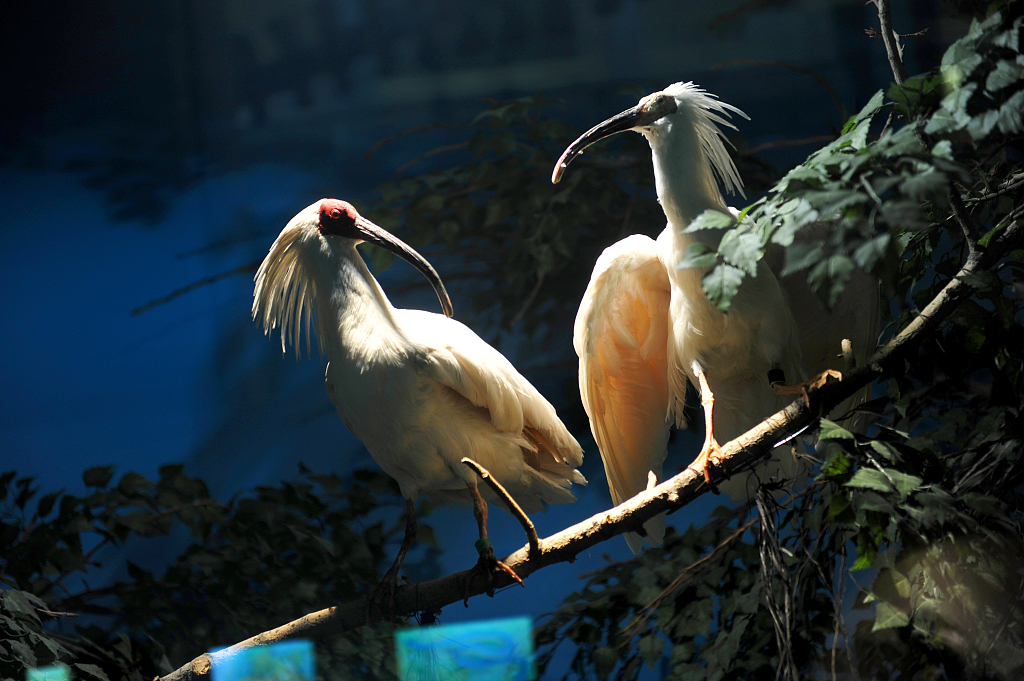
Two crested ibis specimens at the National Zoological Museum of China, Beijing, China. /CFP
Two crested ibis specimens at the National Zoological Museum of China, Beijing, China. /CFP
Geological Museum of China
Rocks are quiet and still, but they have stories to tell, and the Geological Museum of China is one of the best places to hear. Located in Beijing, it is the earliest geological scientific museum in the country, with a collection of stunning geological specimens, such as dinosaur and human fossils, mineral rocks and diamonds.

An exhibit at the Geological Museum of China, Beijing, China. /CFP
An exhibit at the Geological Museum of China, Beijing, China. /CFP
National Maritime Museum of China
Situated outside the city of Tianjin, the National Maritime Museum of China has emerged as a landmark for its architectural design. It gives a chance to understand the relationship between humans and ocean.
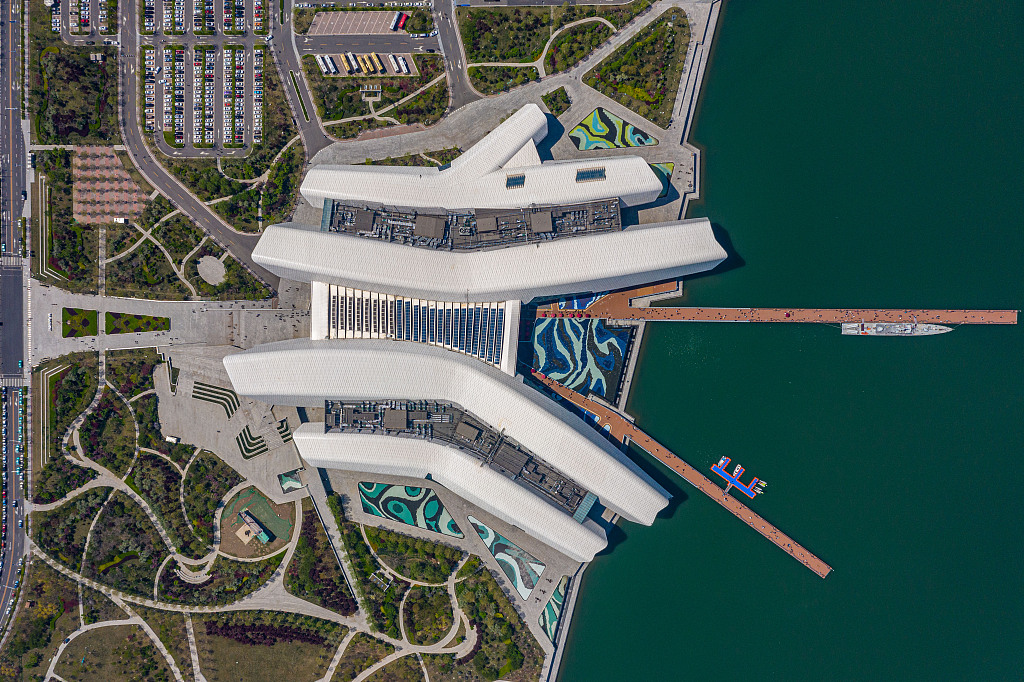
The main building of the National Maritime Museum of China, Tianjin, China. /CFP)
The main building of the National Maritime Museum of China, Tianjin, China. /CFP)
Beijing Planetarium
Located in Beijing's Xicheng District, the Beijing Planetarium is a national-level natural science museum to explore the astronomical world. It offers different kinds of activities and demonstrations to enhance people's understanding of the universe. The Beijing Ancient Observatory in Dongcheng District, a pretelescopic observatory built in 1442 during the Ming Dynasty (1368-1644), is affiliated with the planetarium. Eight ancient astronomical instruments are displayed here.
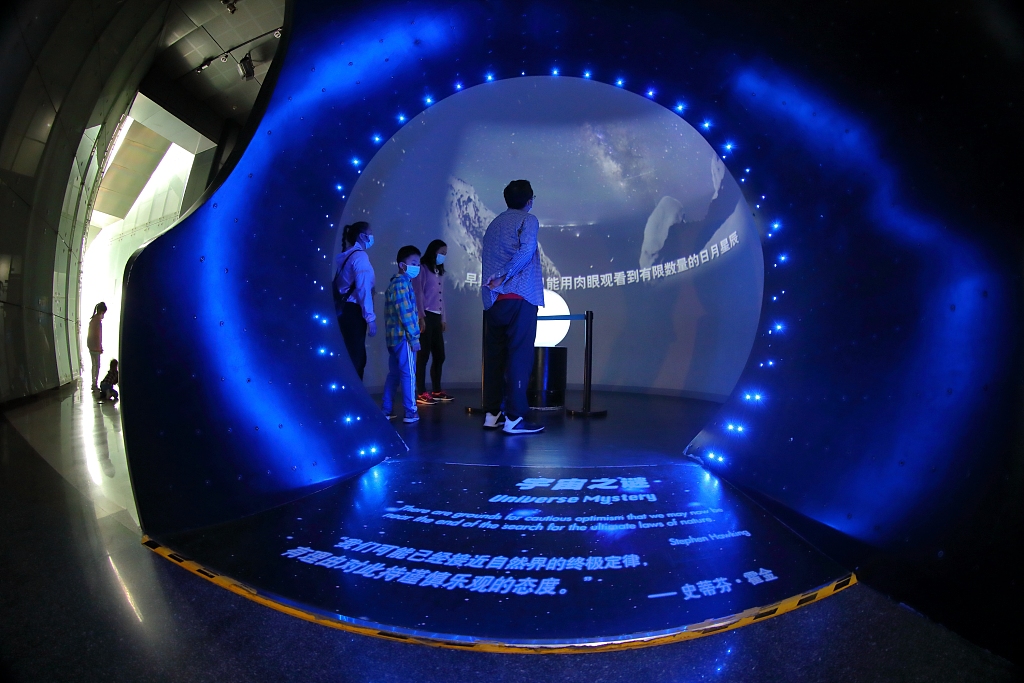
A view of the Beijing Planetarium, Beijing. China. /CFP
A view of the Beijing Planetarium, Beijing. China. /CFP
(Cover image via CFP)
(If you want to contribute and have specific expertise, please contact us at nature@cgtn.com.)

